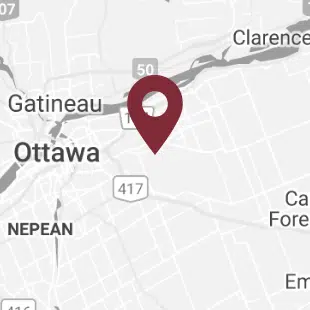Biodiversity is immensely important to our ecosystem. Species at risk face considerable threat to their continued existence, much of which results from human harm to their natural habitat. Ontario’s Endangered Species Act, 2007, S.O. 2007 c. 6 (the “ESA”) recognizes not only the need for biodiversity but also the need to protect habitats to lessen the rate by which species are being lost. The Court of Appeal, in its recent decision of Ontario (Natural Resources and Forestry) v. South Bruce Peninsula (Town), 2022 ONCA 315, upheld the conviction of the Town for damaging the habitat of the Piping Plover. One of the central issues in the case was what constitutes “damage” under s. 10(1) of the ESA.
The Piping Plover is a small shorebird which migrates to beaches in Canada and the United States in spring to nest and rear its young before returning south in the late summer. By the 1980s, the piping plover was functionally extinct in Canada. It is listed on Schedule 2 of the Species at Risk in Ontario List as “endangered”.
The Piping Plover requires a habitat which has a variety of features, including firm sand, small hills and valleys in sand, sparse vegetation and wood and other debris. In 2007, the first pair of Piping Plovers in 30 years were seen nesting at Sauble Beach in the Town of South Bruce Peninsula. The beach is a dune beach, approximately 11 km in length and provides features suitable to the Piping Plover habitat. It is considered one of the only reliable breeding sites for the Piping Plover in Ontario. In 2016, sixteen nesting pairs were observed in Ontario. Although an improvement, the species continues to be at risk.
In spring of 2017, prior to the anticipated arrival of the Piping Plover, the Town raked the full length of the beach, removing nearly all vegetation and debris. In late summer of 2017, after the departure of the Piping Plover, the Town again raked the full length of the beach and also bulldozed and removed large amounts of vegetation and sand from the dunes.
The Minister of Natural Resources charged the Town with two counts under s. 10(1)(a) of the ESA, asserting that the Town committed the offence of damaging the habitat of Piping Plover in respect of each of these incidents.
Section 10(1)(a) of the ESA states:
10(1) No person shall damage or destroy the habitat of
- a species that is listed on the Species at Risk in Ontario List as an endangered or threatened species;
While the ESA defines “habitat”, it does not define “damage”. The Justice of the Peace hearing the trial applied a dictionary, plain language definition of damage to habitat and defined it as anything that makes habitat “less attractive, useful or valuable.” The Town was convicted on both counts and on sentencing was ordered to pay $100,000 to Birds Canada for the protection and/or recovery of Piping Plovers (a remedy unique to the ESA amongst other environmental statutes).
The Town appealed, first to the Ontario Court of Justice, which upheld the convictions, and then subsequently to the Ontario Court of Appeal. The two issues on appeal to the Court of Appeal were the definition of “damage” and the admissibility of the expert opinion evidence of the Crown’s biologist.
In interpreting s. 10(1)(a), the Court of Appeal considered the following to be the goals of the ESA:
- One of the goals of the legislation is to prevent the loss of species caused by human activities which damage the habitat of the species.
- Measures to prevent significant reduction or loss of biological diversity should be undertaken even where full scientific certainty is not present.
- The goal is to prevent damage to avoid or minimize threats to endangered species.
- Species at risk should be protected, with appropriate regard to social, economic and cultural
The Court of Appeal found that the ESA should be given a generous interpretation in light of its remedial nature and objective of environmental protection. It further found that “the statutory regime creates an absolute prohibition against damage to the habitat of an endangered species”. The ESA contains exceptions to this broad prohibition under which the Minister can authorize some intrusion where the public interest so requires. The Town had no such authorization.
The Court of Appeal also found that the use of de minimus defences to offences under the ESA will be limited, “because of the potential cumulative effect of small damage over an extended period of time”.
The Court of Appeal upheld the Justice of the Peace’s interpretation of damage to habitat. After an interesting analysis of the authorities on the admissibility of expert evidence and application of those authorities to the regulatory context, the Court also upheld the admission of the expert evidence. The appeal was dismissed.
The decision shows how important it is for the courts to consider the objectives of environmental legislation in their interpretation.
This blog post was written by Cheryl Gerhardt McLuckie, a member of the Environmental Law team. Cheryl can be reached at 613-369-0365 or at cheryl.mcluckie@mannlawyers.com.








